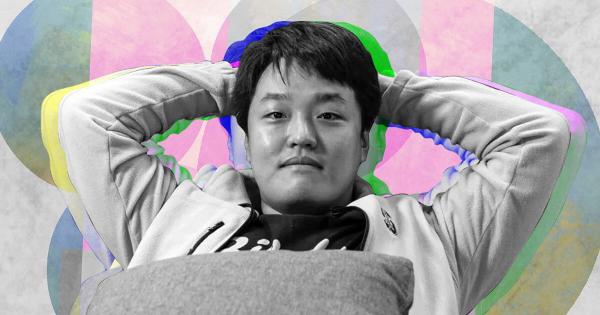Thirteen human skulls stolen from an Irish island more than 130 years ago have been returned and were today reinterred at the site from which they were taken.
The 400-year-old skulls were taken on this day in 1890 from the Co Galway island of Inishbofin, off Ireland’s west coast, by two academics and kept at Trinity College Dublin (TCD) for more than a century.
After a campaign by islanders, TCD earlier this year apologised for the theft and agreed to return the remains.
Today a funeral service was held on the island, before the skulls were brought back to the ruined St Colman’s monastery, from where they had been stolen 133 years ago to the day.
Inishbofin resident Marie Coyne, who led the campaign for the skulls’ return, said: “It’s the full stop at the end of a sentence. This journey has gone on so long, that’s why we’ve all been waiting and hoping and all them emotions.
“And now it’s just stopped. We can relax. It’s taken place.”
How the skulls were snatched
The story of the stolen skulls had faded into history, before a new campaign by islanders forced their return.
In 1890, the skulls were snatched from the graveyard attached to the medieval St Colman’s by Trinity academic Professor Alfred C Haddon – a British anthropologist – and his researcher colleague Andrew F Dixon.
It was a time of craniometry, involving the measurement of islanders’ skulls, and Haddon later admitted the theft in his diary.
“When the coast was clear”, he wrote, “we put our spoils in the sack.” The pair smuggled the 13 skulls off Inishbofin by telling sailors their sack contained poitin, an Irish distilled spirit.
The skulls were taken to Ireland’s oldest and most prestigious university, Trinity College Dublin. There they languished, mostly behind closed doors at the old anatomy museum, for more than a century.
In February this year, TCD announced that a working group had recommended the return of the skulls to the board.
Trinity’s provost Dr Linda Doyle said: “I am sorry for the upset that was caused by our retaining of these remains and I thank the Inishbofin community for their advocacy and engagement with us on this issue.”
Alfred Haddon’s great-granddaughter, Clare Rishbeth, was present at today’s ceremony.
Ms Rishbeth, who travelled to Inishbofin from her home in Sheffield, told the congregation at St Colman’s church: “On behalf of the Haddon and Rishbeth families, I want to say sorry to the islanders for this act.
“I’m really glad that we can right this wrong.”
Be the first to get Breaking News
Install the Sky News app for free
How the skulls returned home
Last Wednesday, islanders travelled to Dublin to start the skulls’ return journey. The remains were placed into a bespoke coffin with separate compartments.
Trinity College’s chapel held a service before the skulls were placed into a hearse, and driven across the country to Co Galway.
The skulls were ferried out to Inishbofin yesterday ahead of today’s ceremony and reinterment.
Trinity College, created in 1592 by Queen Elizabeth’s royal charter, and an important tourist attraction in Dublin, is by no means the only university or museum grappling with legacy issues.
University College Cork announced in September 2022 that it is to repatriate ancient mummified human remains to Egypt. Museums in Scotland and Northern Ireland have returned human remains and other sacred objects to Hawaii.
The University of Cambridge is making plans to return more than 100 Benin bronzes stolen from Nigeria, while the British Museum is under continued pressure from Greece to hand back the famous Elgin marbles.
“Where does this stop? Do we empty the museums?,” asks scholar and curator Dr Ciaran Walsh.
“I suppose the simple answer is that anything stolen, anything human, has to go back. Stones in the British Museum, the Elgin marbles…they have to go back.
“If stuff is stolen, if stuff is important in terms of the ancestry of communities wherever they are, whether it’s Inishbofin or Papua New Guinea, the stuff has to go back.
“This story is not a local story about a small island on the west coast of Ireland, it’s an international, global process that needs to be hurried up.”






